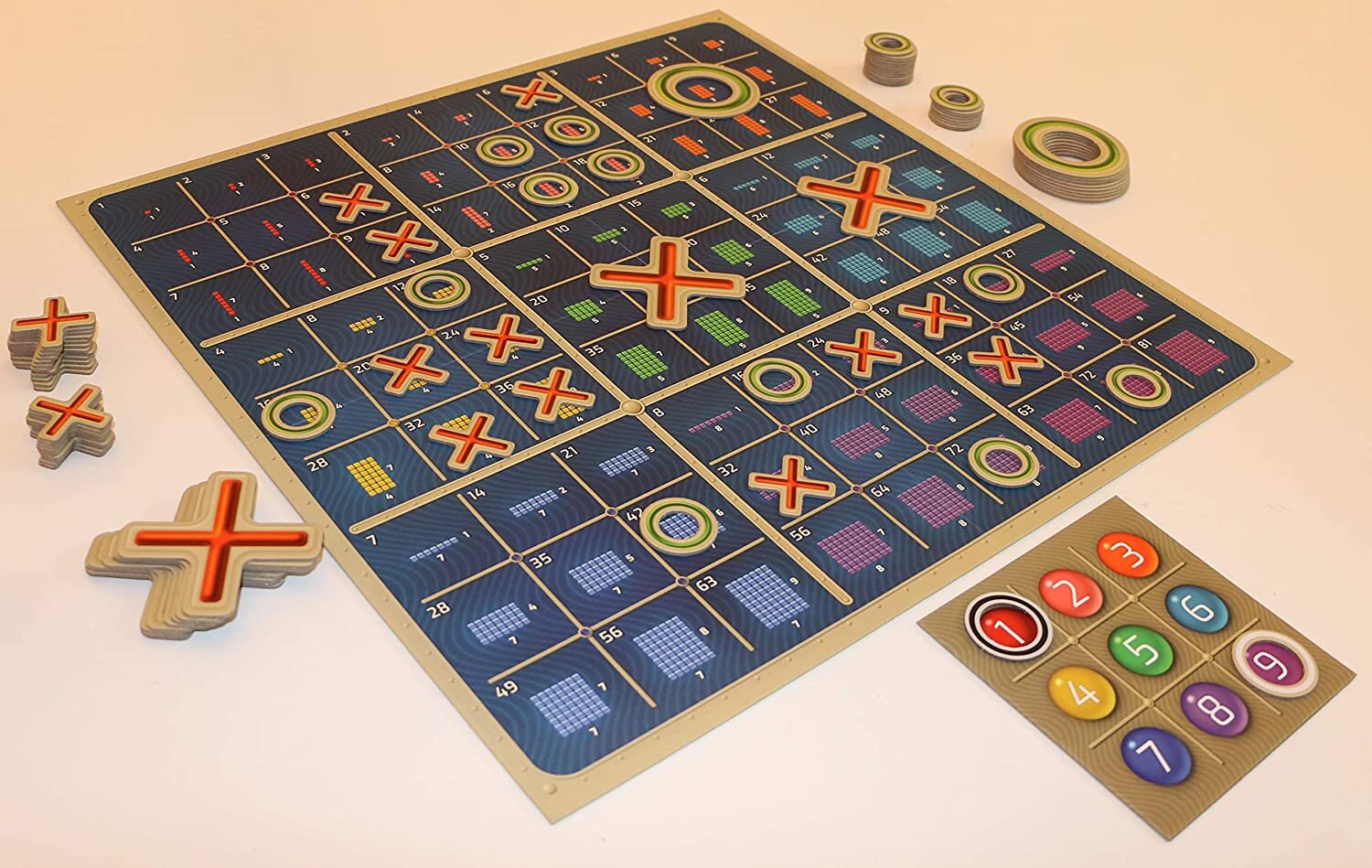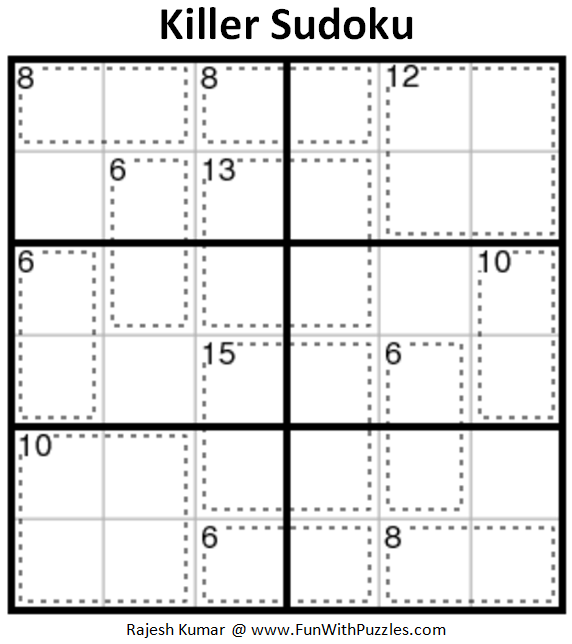The Best Math Games for Your Third Grader
It feels like 3rd grade is where the rubber meets the road for a lot of kids. We all remember the brutal timed multiplication tests that were foisted on us as kids, and we'd rather our own kids not feel stressed about learning that vital mathematical concept.
These games, hopefully, will give your kids a chance to think and strategize about multiplication in a way that helps them build true fluency, not just speed. And I've included a couple of non-multiplication games that are also great for 3rd graders to play.
You can always check out my recommendations for earlier ages at these links:
Now, on to 3rd grade!
MULTI
If you've been a subscriber for a while, you're probably sick of hearing about MULTI. Well, tough.
It's just that good. Using a twist on tic-tac-toe, MULTI helps kids think strategically about multiplication. The game helps kids not only practice their multiplication facts, but see the connections between multiplication facts with common factors.
On your turn, you try to claim spaces, like the 15 space, by placing tokens on pairs of factors that multiply to it, like 5 and 3. The catch is, you can only move one token at a time. So if your opponent claimed 12 by placing tokens on 2 and 6, then you won't be able to get 15, since neither 2 not 6 can multiply to 15.
Instead of seeing multiplication as a set of isolated math facts, your child should ideally see multiplication as a web of interconnected ideas. Games like MULTI will help them in that journey.
Also it's so strategically fun and interesting that I try to play it whenever I can, even with another adult.
Click here to buy MULTI on Amazon (affiliate link)
How Close to 100?
How Close to 100? is a great game I found from Jo Boaler. Much like MULTI, the game helps kids connect multiplication facts to another big idea, the area of a rectangle.
To play, you roll a pair of dice and then construct a rectangle with those dimensions on your 10x10 grid paper. Then you roll again and continue filling your grid until you roll a rectangle that you can't fit on your page. How close to 100 did you get? You can count all the blank squares on your grid, or you can add the area of all the rectangles and subtract that value from 100. Those should equal each other, of course!
For a more interesting challenge, check out a variation on the game which I call Fill the Grid (Credit, I believe, goes to my friend John Golden for the idea). You roll three dice, choose two to add, and then multiply them by the third. So if you roll a 2, a 4 and a 5, you could do (2+5)*4 to draw a 7x4 rectangle, (5+4)*2 to draw a 9x2 rectangle, or (2+4)*5 to draw a 6x5 rectangle.
Other than a bigger grid, the rules are otherwise the same. The choice of rectangle, though, adds a strategic dimension to the game that makes it much more engaging for kids who have already gotten comfortable with the idea of multiplication and just need practice.
Let me know what you think!
24
Whenever I had 15 minutes as a teacher between a pep rally and dismissal, I'd pull out a game like 24 to keep my students occupied. The game is accessible to 3rd graders but fun for anyone who knows how to add, subtract, and multiply.
The goal of the game is to look at a set of four numbers and figure out a way to combine them to get 24 using the four major operations. If your child has a basic knowledge of division, they'll have an easier time with the game, but many of the challenges can be solved without division.
I love games like this because, rather than setting a series of arithmetic problems in front of your kids, the game encourages your kids to come up with their own arithmetic problems to solve toward a specific goal. This game is particularly good for car rides, waiting rooms, and anywhere that you have time to play but not a lot of room.
Click here to buy 24 on Amazon (affiliate link)
The 100 Game
I love The 100 Game because, while the arithmetic is simple, the game has a fun bit of strategy that a 3rd grader might have a chance to unlock if they play several times in a row. I also love The 100 Game because I am the world champion. Absolutely undefeated.
Two players start at 100 and take turns subtracting numbers between 1 and 10. The person who subtracts the number down to 0, loses.
Simple, right? Well, sure, but what if I told you that there is a fool-proof strategy that allows you to win, of you (or your child) discovers it? I'll give you a hint: What's so special about the number 12?
This is one of those games that I like to play at the breakfast table, since it only requires a couple of minutes and a sheet of paper. Your kid gets to practice subtraction, and they might figure out the deeper strategy to the game before you do!
Killer Sudoku
Killer Sudoku are a delightful variation on normal Sudoku games. All the normal Sudoku rules apply, but there is one more constraint: the cages.
Cages are these sections outlined by dotted lines, with a small number in the top lefthand corner. That number denotes the sum of all the digits in the cage. Digits cannot repeat inside a cage, so you must find a set of distinct digits that add to the sum.
For example, if you have a four-cell cage with a sum of 10, you know that the cage must contain the digits 1, 2, 3 and 4 in some configuration (since no other set of four different digits can add to 10).
Sudoku is a great game already, with its spatial reasoning and logical deduction. Adding this bit of arithmetic on top just makes the experience even more mathematically multifaceted. Check it out!
Click here to buy a Killer Sudoku book on Amazon (affiliate link)





